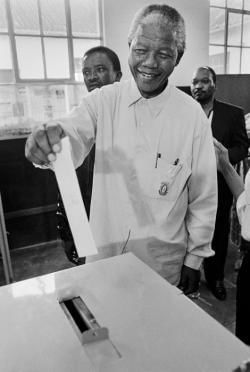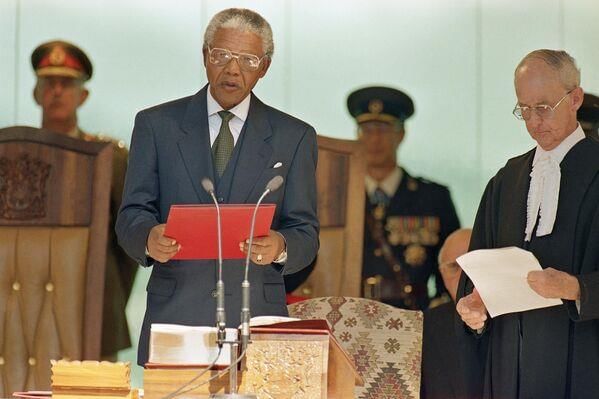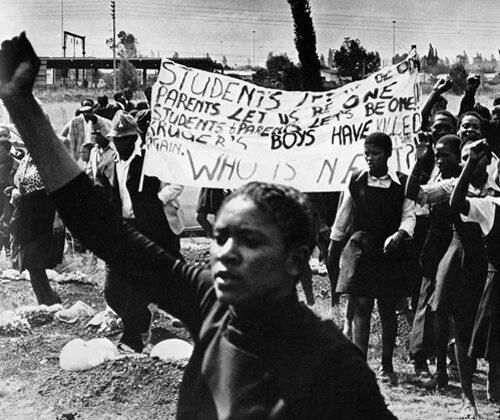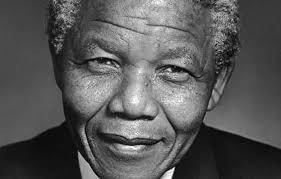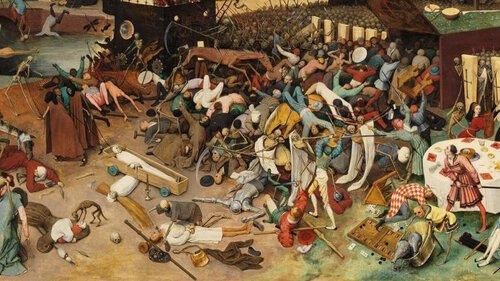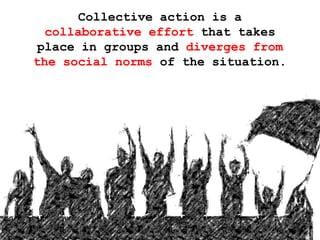|
Card: 1 / 50 |
What significant societal issue was prevalent in South Africa during Nelson Mandela's struggle for freedom? |
|
Card: 2 / 50 |
Apartheid, a system of institutionalized racial segregation and discrimination, was prevalent in South Africa, depriving dark-skinned people of their basic rights. 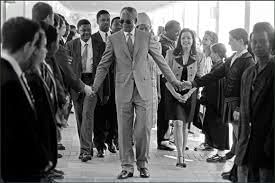 |
|
Card: 5 / 50 |
True or False: Nelson Mandela was the first President of South Africa elected through a democratic election. |
|
Card: 8 / 50 |
The main goal of Nelson Mandela's activism was to eliminate discrimination based on race, caste, color, age, or gender and to establish a society with equal rights for all. 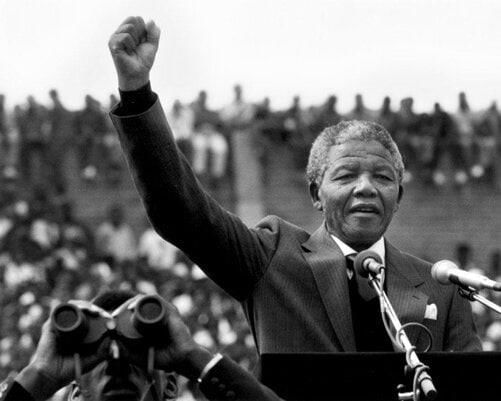 |
|
Card: 9 / 50 |
In his inauguration speech, what themes did Nelson Mandela emphasize regarding the struggle for freedom? |
|
Card: 10 / 50 |
Nelson Mandela emphasized themes of unity, reconciliation, and the collective effort of countless individuals who fought for freedom and equality in South Africa. |
|
Card: 11 / 50 |
What significant event did Nelson Mandela reflect on during his speech on May 10th? |
|
Card: 12 / 50 |
He reflected on his inauguration as the first black President of South Africa, marking the end of apartheid and the beginning of a new era of democracy. |
|
Card: 13 / 50 |
The ceremony took place at the Union Buildings in Pretoria, which was historically a symbol of ___ but became a site of ___ during Mandela's inauguration. |
|
Card: 14 / 50 |
White supremacy; a diverse gathering of people from different races and nations 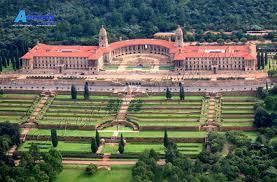 |
|
Card: 15 / 50 |
During his inauguration, Mandela pledged to uphold the ___ and work for the well-being of ___ and its people. |
|
Card: 17 / 50 |
True or False: Mandela's inauguration was attended only by South African leaders and did not involve any international dignitaries. |
|
Card: 18 / 50 |
False; the ceremony was attended by dignitaries and world leaders from various nations. 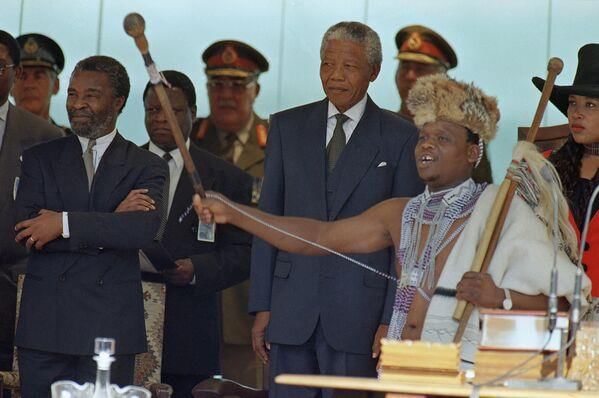 |
|
Card: 19 / 50 |
What symbolic action did military jets and helicopters perform during Mandela's inauguration? |
|
Card: 20 / 50 |
They flew in perfect formation over the Union Buildings, symbolizing the military's loyalty to the newly elected democratic government. |
|
Card: 21 / 50 |
Fill in the blank: The day of Mandela's inauguration was marked by the playing of two national anthems, with whites singing '___' and blacks singing '___'. |
|
Card: 23 / 50 |
What did Mandela emphasize in his speech regarding the future of South Africa? |
|
Card: 24 / 50 |
He emphasized that South Africa had achieved political freedom and vowed that the country would never again experience oppression. 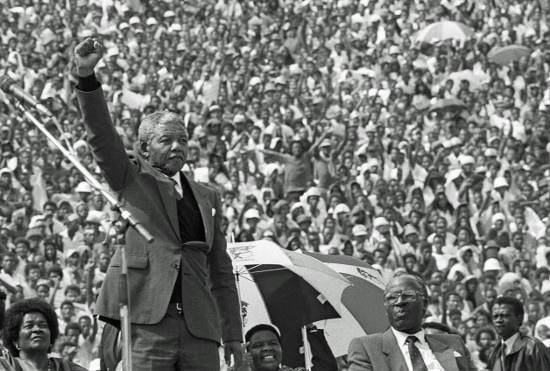 |
|
Card: 25 / 50 |
What did Mandela acknowledge about the sacrifices made by individuals during the struggle for freedom in South Africa? |
|
Card: 26 / 50 |
Mandela acknowledged the immense sacrifices made by countless individuals who fought for freedom, many of whom would never see the fruits of their struggle.  |
|
Card: 27 / 50 |
The policy of apartheid in South Africa created deep scars that would take ___ to heal. |
|
Card: 29 / 50 |
True or False: Nelson Mandela believed that people are born with hatred towards others based on skin color or background. |
|
Card: 30 / 50 |
False. Mandela believed that no one is born hating another person; people learn to hate but can also learn to love. |
|
Card: 32 / 50 |
True freedom meant the liberation of both the oppressed and the oppressor, as both are dehumanized by the system of oppression. 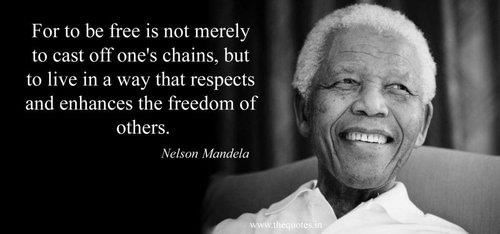 |
|
Card: 33 / 50 |
Fill in the blank: Mandela learned that courage is not the absence of fear, but the ___ over it. |
|
Card: 35 / 50 |
Who did Mandela identify as leaders of extraordinary courage during the struggle for freedom? |
|
Card: 37 / 50 |
According to Mandela, the greatest wealth of South Africa is not its minerals or gems, but its ___. |
|
Card: 41 / 50 |
True or False: Mandela's journey began with a desire for the freedom of his people. |
|
Card: 43 / 50 |
Fill in the blank: Mandela saw glimmers of humanity in others even in the ___ times. |
|
Card: 46 / 50 |
The central theme emphasized is courage and resilience, highlighting how Mandela overcame numerous obstacles through strength and determination. |
|
Card: 47 / 50 |
Fill in the blank: The moral of Mandela's story illustrates that both the oppressor and the oppressed lose their ___ through their respective actions. |
|
Card: 49 / 50 |
True or False: Mandela's journey demonstrates that long-term change can be achieved solely through individual efforts. |





